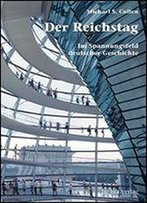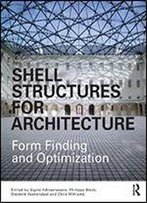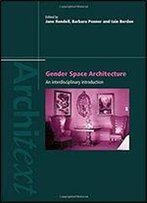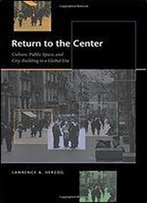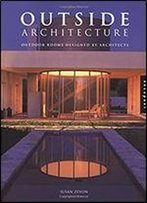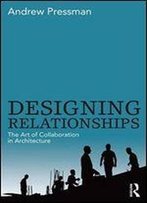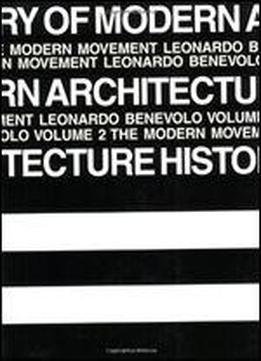
History Of Modern Architecture
by Leonardo Benevolo /
1977 / English / PDF
46.5 MB Download
Let it be said at once that the format of this work is richly handsome: it is atwo-volume boxed set comprising 844 pages and well over 1,000 high-quality illustrations, and itreflects throughout its publisher's conviction that good design is an essential, not superficial,part of bookmaking.Beyond that, it should be emphasized that this work is not another facilecultural tour of modern architecture. It is a serious and original study of the beginnings anddevelopment of modernism in which the pictorial aspects are designed to aid in the communication ofthe author's closely reasoned formulations, rather than to gloss over a lack of substantivecontent.The book is a translation of the third Italian edition, published in 1966. Benevolo, who ison the faculty of architecture in Venice, has earned an international reputation as a historian ofarchitecture and town planning, and his publications embrace the span of time from the Renaissanceto the foreseeable future. One such publication, The Origins of Modern Town Planning (The MIT Press,1967), may be read as a prelude to the present work as well as an independent contribution. Perhapsmore than any other architectural historian in our time, Benevolo has made a determined effort toplace developments in design and planning in their proper social and political settings.Indeed, theauthor argues that the development of the modern movement in architecture was determined, not byaesthetic formalisms, but largely by the social changes that have occurred since about 1760: "Afterthe middle of the eighteenth century, without the continuity of formal activity being in any waybroken, indeed while architectural language seems to be acquiring a particular coherence, therelations between architect and society began to change radically.... New material and spiritualneeds, new ideas and modes of procedure arise both within and beyond the traditional limits, andfinally they run together to form a new architectural synthesis that is completely different fromthe old one. In this way it is possible to explain the birth of modern architecture, which otherwisewould seem completely incomprehensible...."This second volume is concerned with the modern movementproper, from 1914 to 1966. The author emphasizes the unity of the movement, rejecting the usualtreatment that allots to the individual architects separate and unconnected biographicalaccounts.Benevolo remarks at one point, "When one talks about modern architecture one must bear inmind the fact that it implies not only a new range of forms, but also a new way of thinking, whoseconsequences have not yet all been calculated." His main concern is to provide a more exactcalculation of those consequences.

